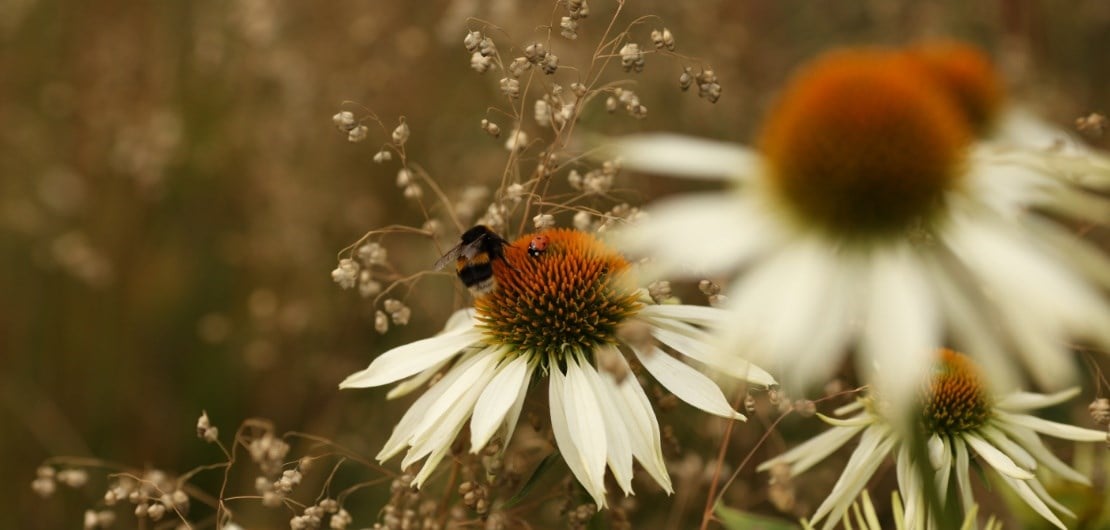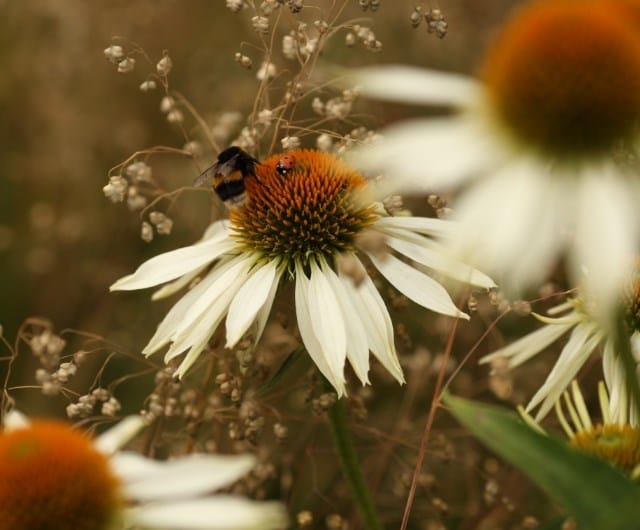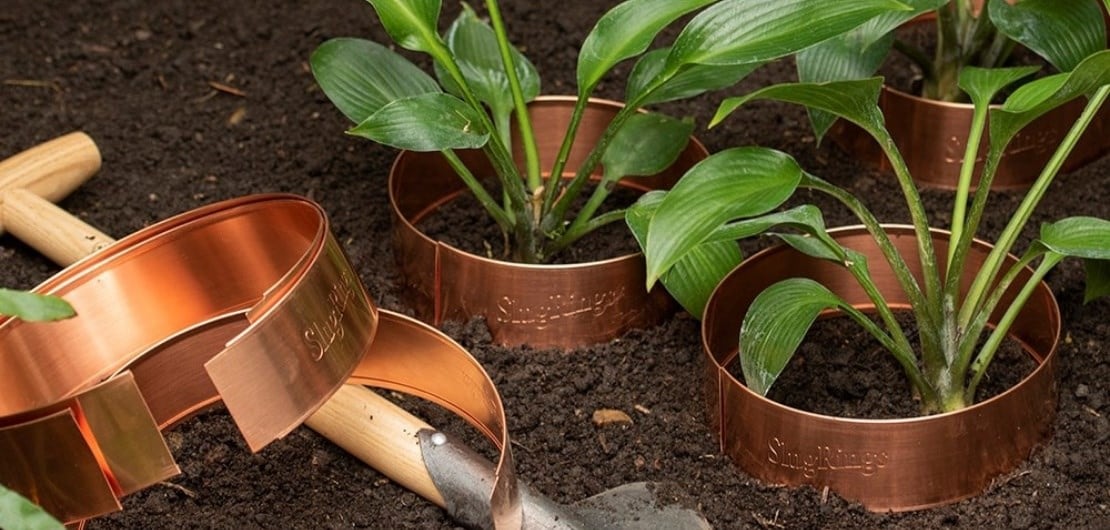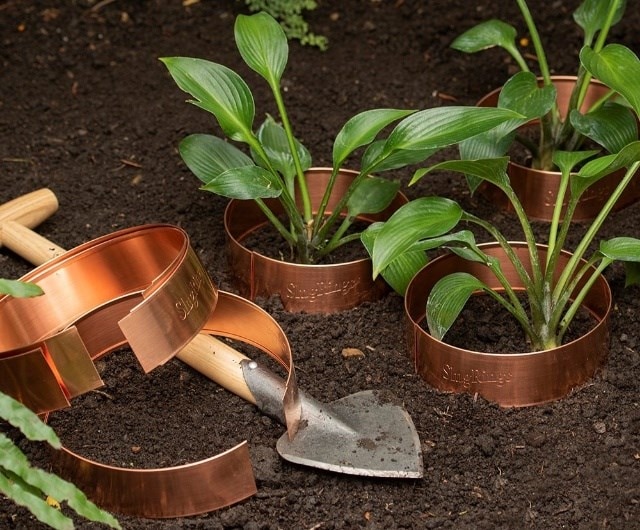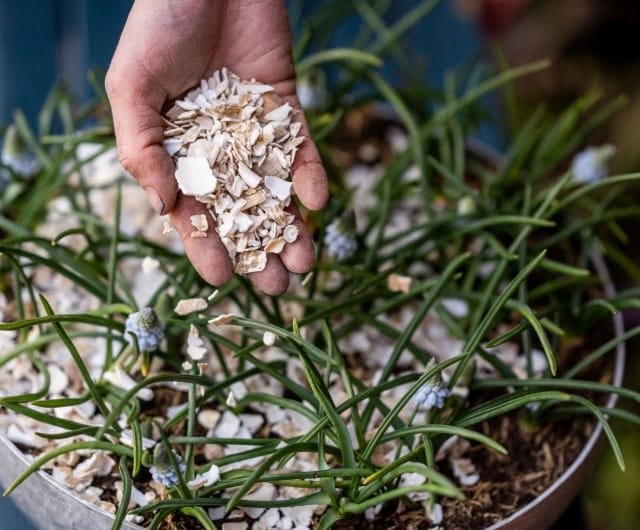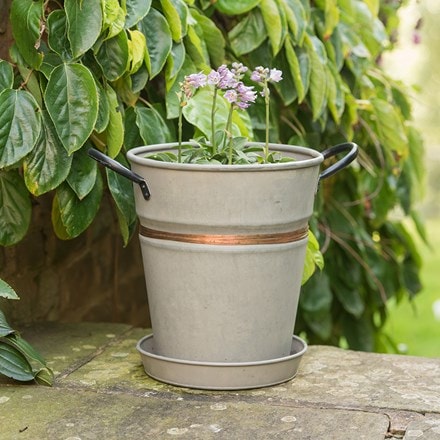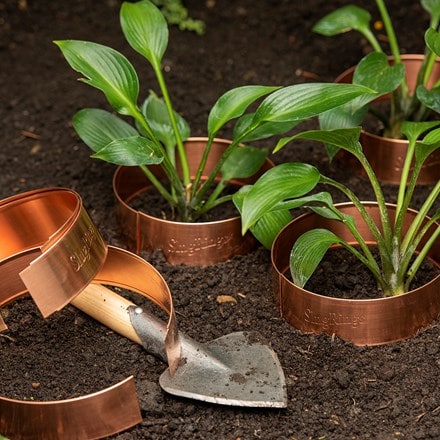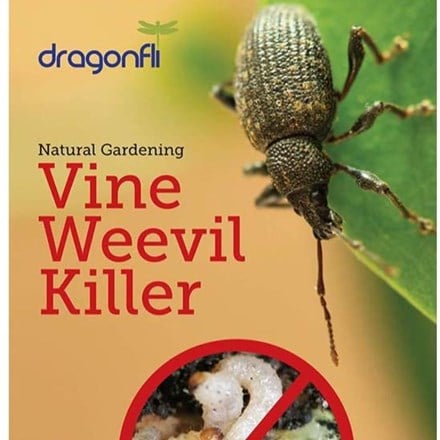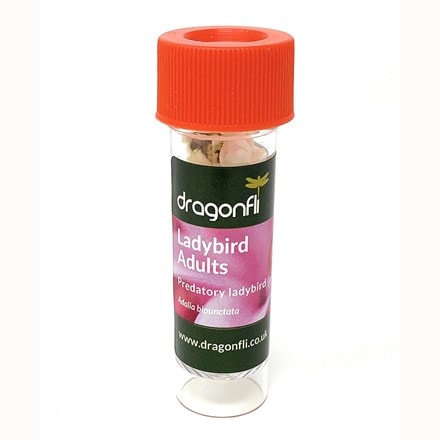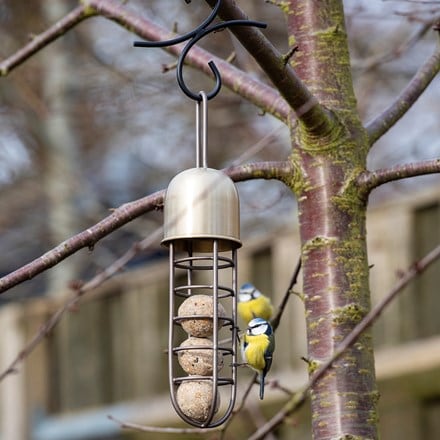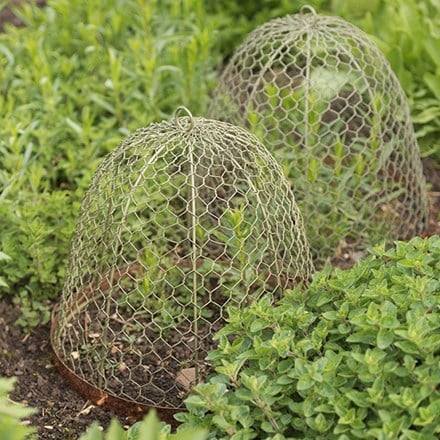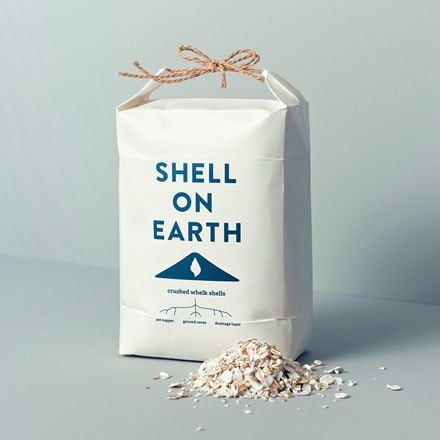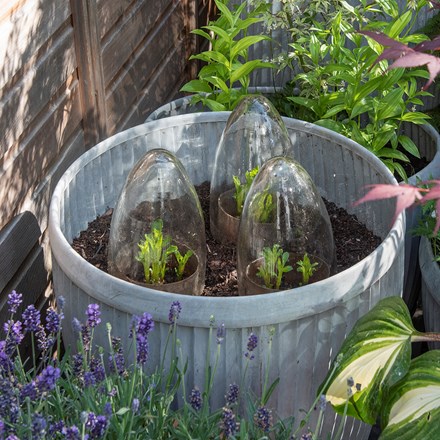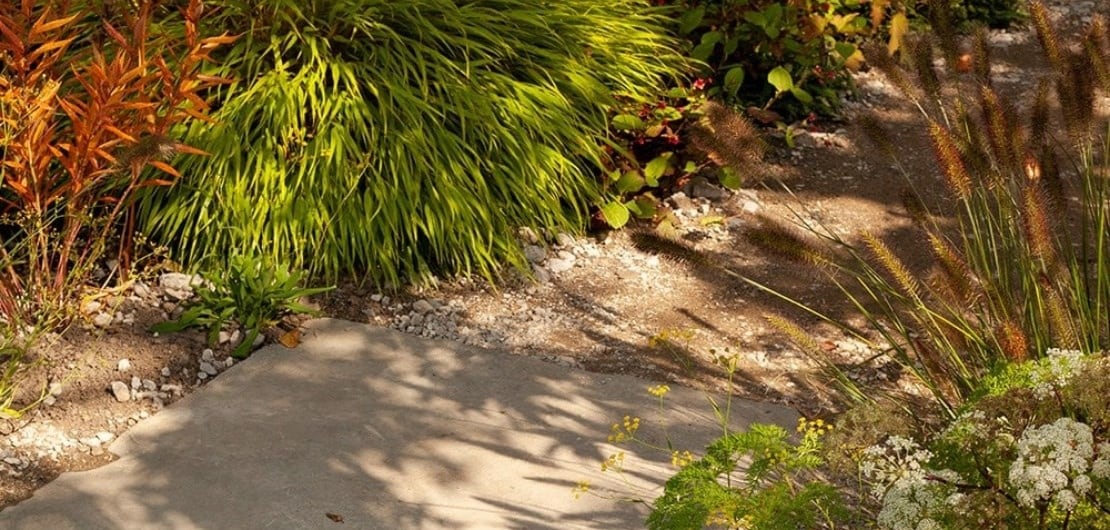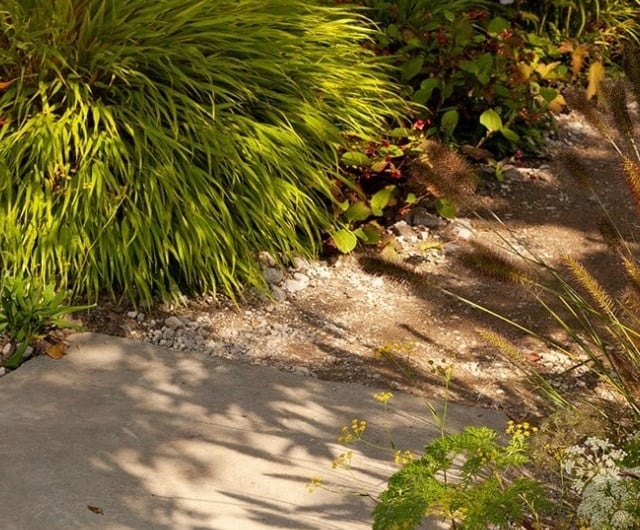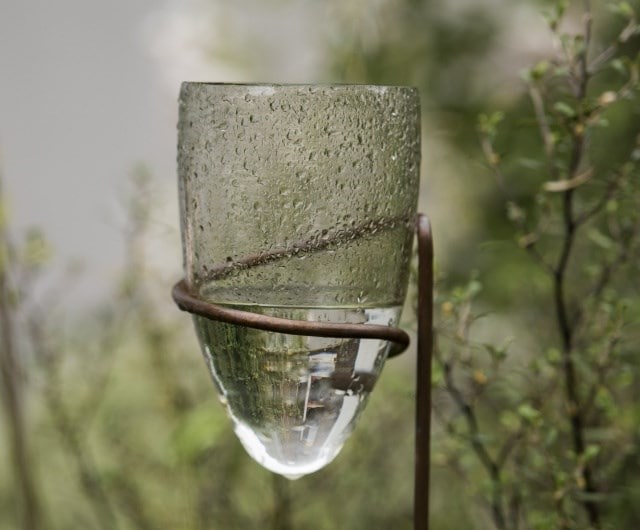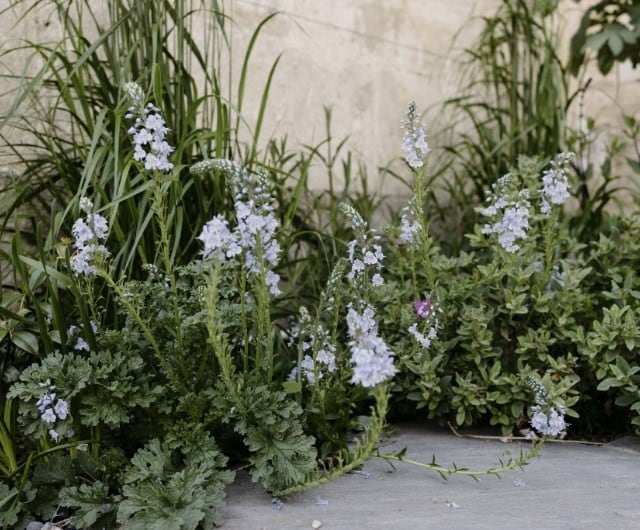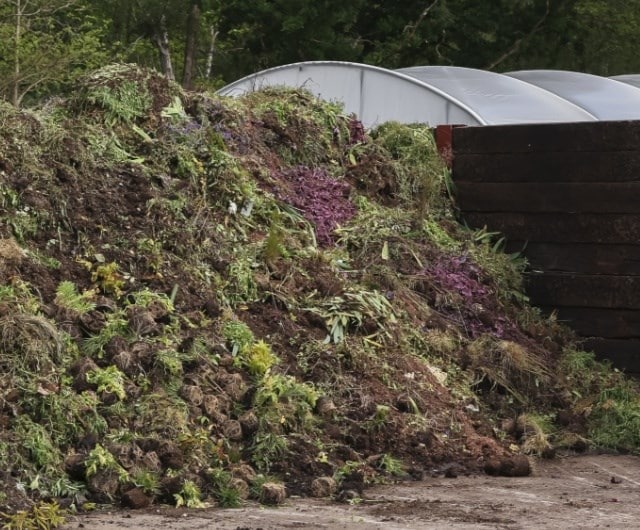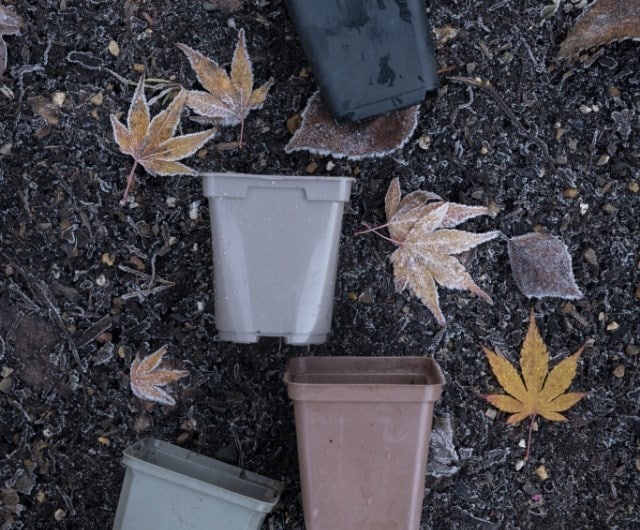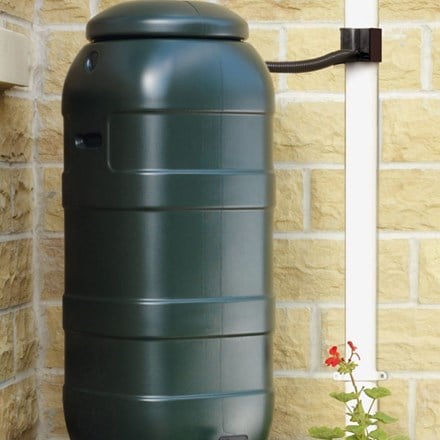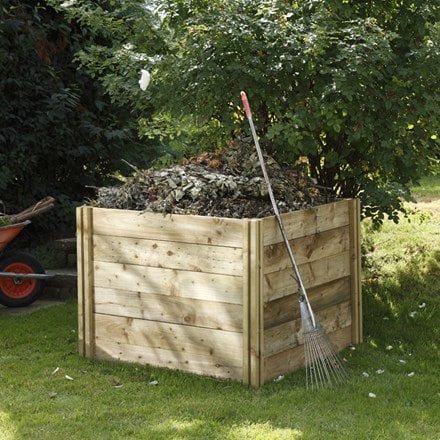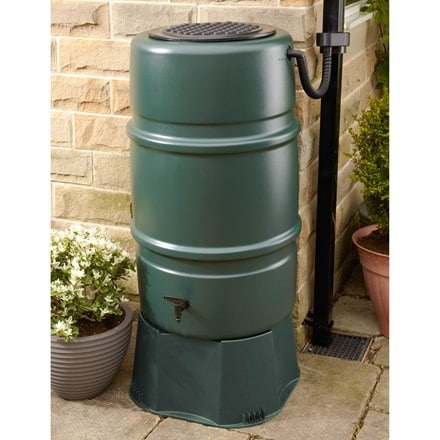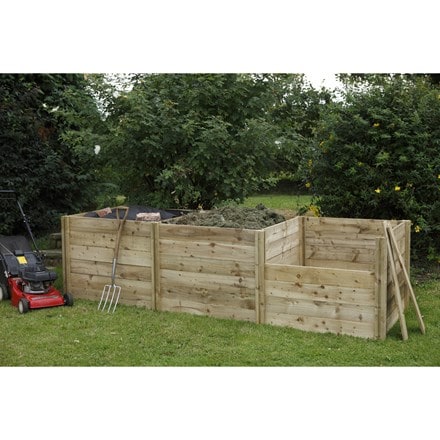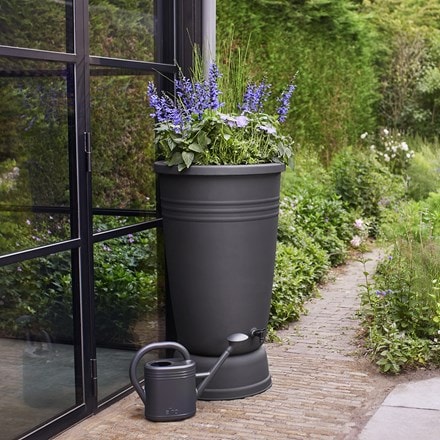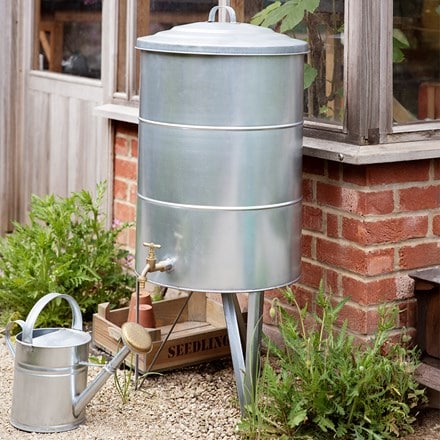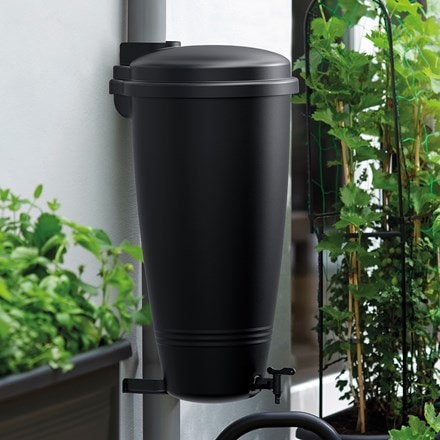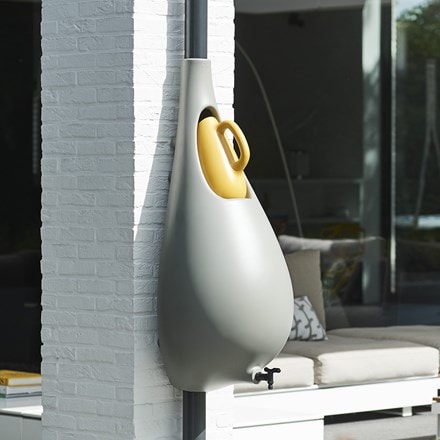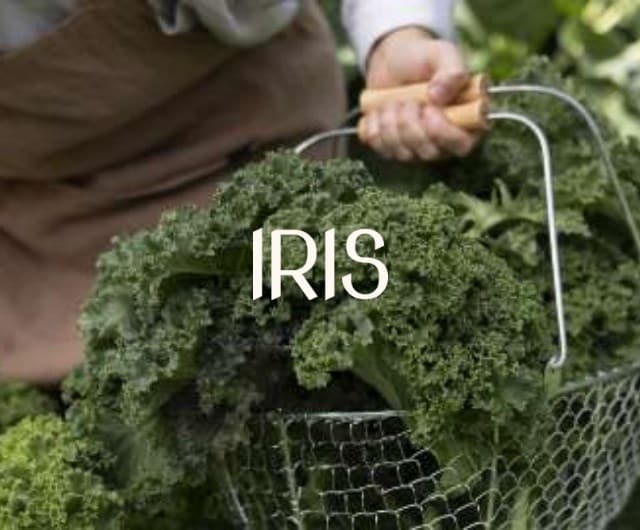Common garden pests that can be tackled organically
Aphids - These tiny sap-sucking insects often appear in large numbers and can cause damage to soft new growth. As soon as you spot them, squish them with your fingers, blast them off with a strong jet of water from the hose, or fill a spray mister with water, add a couple of drops of washing up liquid and douse them in that. Introducing natural predators (like ladybird larvae) or attracting birds will also help keep their numbers down.
Spider mites - A common pest on houseplants, spider mites can be controlled in the greenhouse by introducing some of their natural predators (Phytoseiulus persimilis). Completely harmless to your plants, these will munch away at the damaging pests, leaving your plants damage-free.
Caterpillars - if you can, pop on some gloves and pick them off by hand as soon as you see them. Otherwise hang up some bird feeders and encourage them to do the work for you. A relative newcomer, the box tree caterpillar can quickly strip the foliage from prized box plants. To target this pest, set pheromone traps for the adult moths to break the life cycle. They won't be able to mate, so the numbers in the next generation will be drastically reduced.
Vine weevils and leatherjackets - it's often the larvae that do most of the damage, and as they live underground, you usually won't know that you have these pests until the damage has been done. Nevertheless, to stop future generations doing even more harm, nematodes are usually effective natural predators, so water these into affected areas as soon as conditions allow. Adult vine weevils can also be picked off by hand at night when they start to feed on the leaves, and always check the roots of new plants for the brown-headed maggots before you plant - picking them off by hand if necessary.



